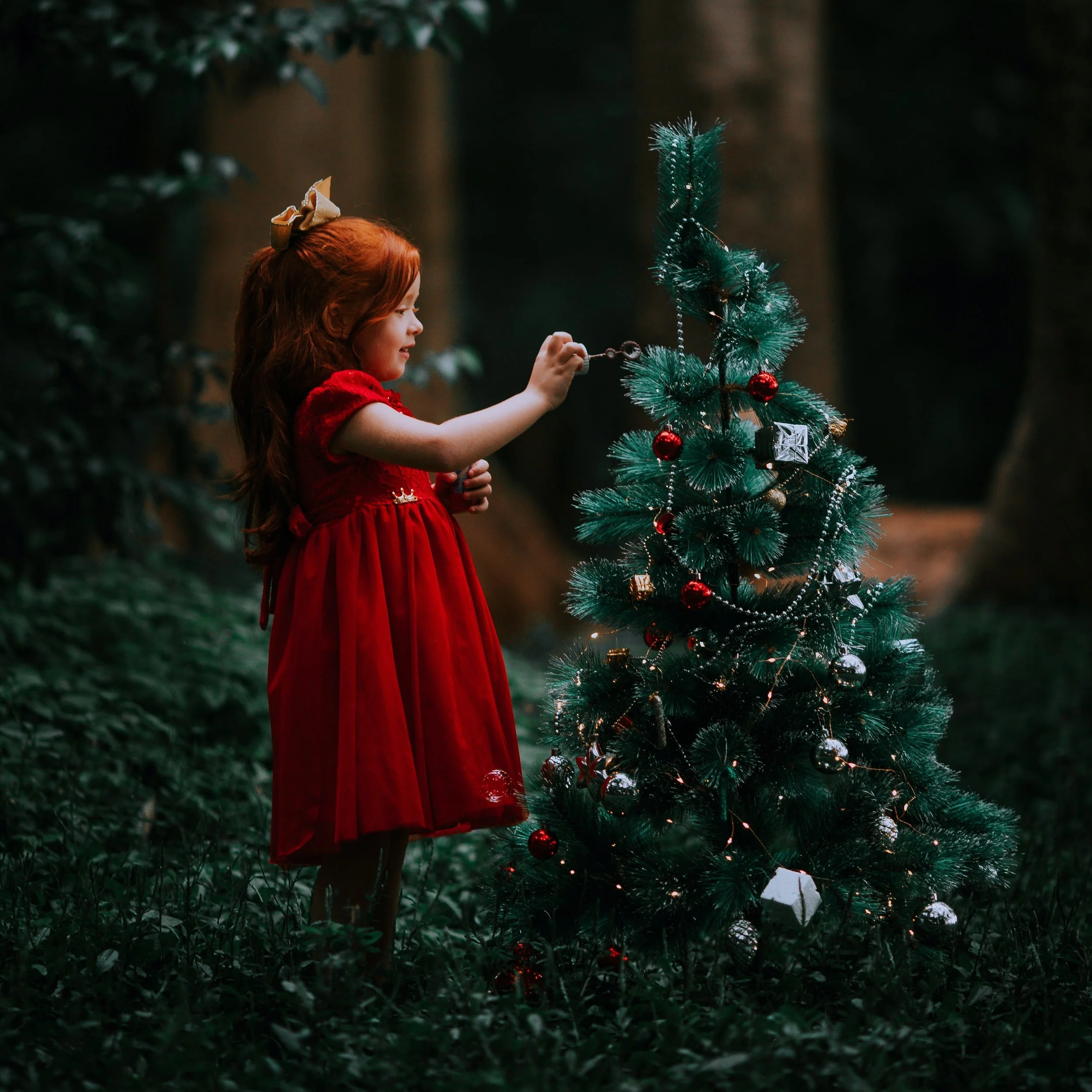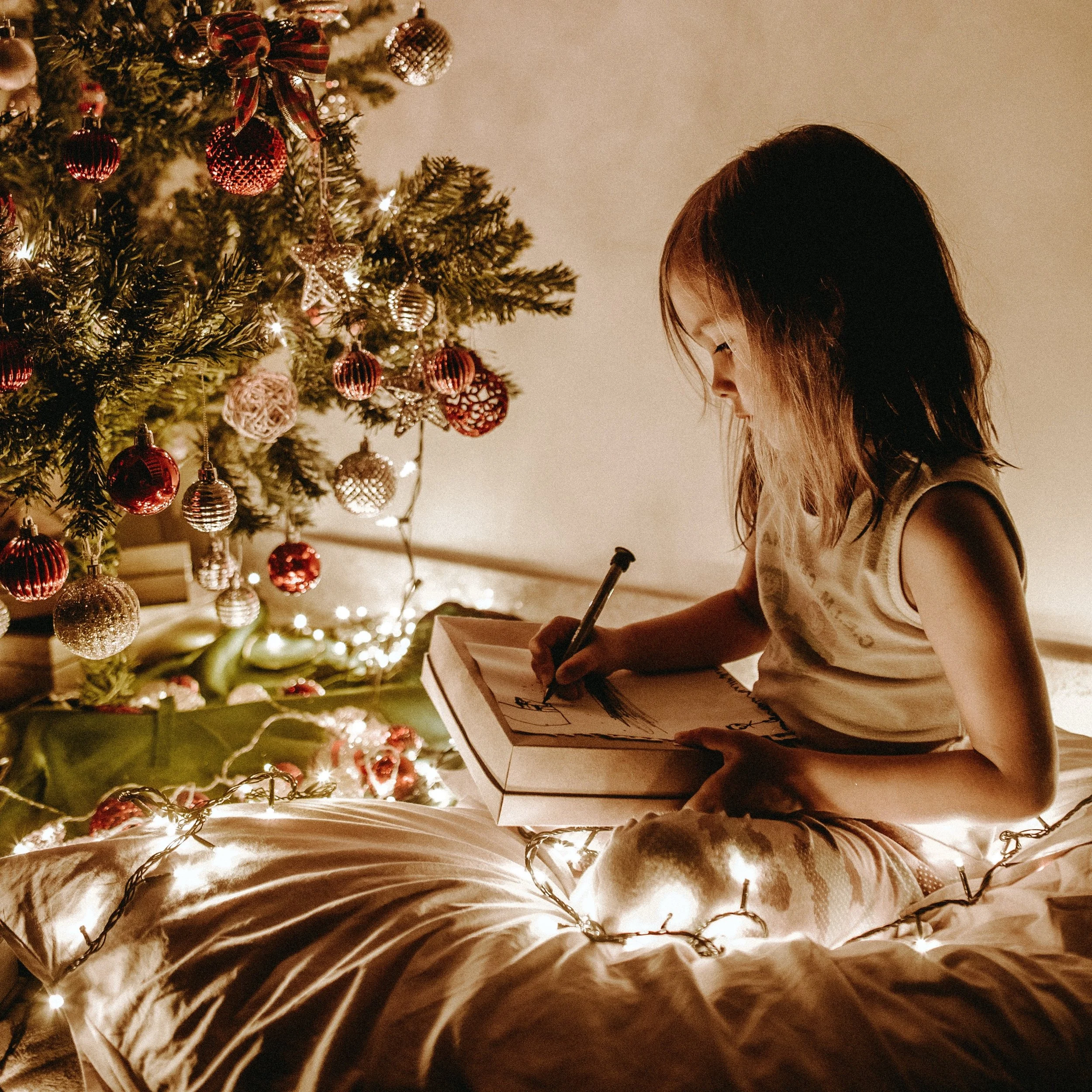Hope for the Holidays: The Intersection of Trauma and Hope
Holidays were difficult for me as a child. With effort and hard work, they have become less bitter and painful as I have grown older. But every time a “special” day rolls around, there is this tiny part of me, perhaps my inner child, that blossoms with the hope of what the holiday should be. The magic of the Easter bunny, the loving family sharing a meal full of gratitude, the idea that I will be treated special today because it is my birthday.
These ideas were not true for me as a child. And while I have done a lot of work to ease the stress and trauma of those memories, the weight and complications of adulthood ensure these false ideals will not be accurate as an adult either. So, why do I keep falling for these myths? And why do holidays continue to hurt so much after all of these years?
I believe that I am not alone in these feelings. I think that many of us who experienced traumatic childhoods in dysfunctional homes have similar struggles around the holidays. Even once you set aside the increased burden of stress that always seems to occur around these events, there is still an underlying echo of hope and disappointment.
The Meaning of Hope
A huge part of this struggle lies in the complicated relationship that exists between hope and trauma. Many studies have shown that individuals who experience adverse childhood events are less likely to be hopeful. This decrease in hope is especially true for those that have been physically or sexually abused. There are few studies, however, that dare to hypothesize why this lack of hope goes hand-in-hand with trauma.
Maybe that is because superficially, it makes sense. You get beaten down enough, what is there to hope for? At the same time, though, if you experienced trauma and abuse as a child and are now an adult, you survived. You made it through, shouldn’t that give you some sense of hope? Simply speaking, you should have proof of the fact that life can get better, or at the very least, less difficult. Let’s take a closer look at hope to better understand why hope and trauma seldom intersect.
One of the more prominent theories explaining hope comes from C.R. Snyder, a researcher, and professor of positive psychology. Snyder’s theory of hope holds that hope is based on three main components: goals, plans, and ability. For hope to be present a person must have future-directed goals, achievable plans to meet these goals, and the ability and belief in their ability to follow through with these plans. Anthony Scioli, another psychologist and researcher, expanded further on these ideas and suggested that hope was an emotional network built from, biological, psychological, and social resources that depend on personal mastery, secure attachments, desire for survival, and faith, though not necessarily of a religious nature.
Essentially, hope is a multi-faceted construct. If we take these hypotheses as accurate, for hope to be present and blooming you need, at least, the following:
The will to live/ a reason to keep moving forward
An idea of what you are moving toward
The ability to plan and achieve goals
A belief in your abilities
The support of others
A belief in something more
Now that we have a better understanding of hope, we can start exploring why hope is so difficult for people who experience trauma.
Trauma, the Antithesis of Hope
Let’s start with the will to live. People who experience trauma are much more likely to experience a variety of mental health issues such as depression and anxiety. People who experience trauma are also at a higher risk for suicide. When every day seems like a battle in a never-ending war, it can be difficult to even want to keep moving forward.
The next facet of hope is goals and the ability to meet those goals. When a person is exposed to extreme stress, the body is designed to go into survival mode. To shut down functions unnecessary to basic functioning to reserve energy for basic, primal survival. While this is a great strategy for short-term stressors, it can have significant negative impacts if you are constantly or consistently exposed to extreme stress, especially during your formative years.
This is exactly what happens to people who experience a childhood of trauma. Their bodies and brains shift into survival mode, shutting down “higher-level” functioning and even impairing the development of these necessary behaviors as well. The result is that individuals who experience a childhood of trauma often have difficulty with executive functioning tasks such as focus, concentration, and goal-directed behavior. Trauma shuts down and impairs the development of the portions of the brain that is responsible for the creation of goals and the ability to achieve goals.
As to belief in your abilities, years of trauma often directly impact self-esteem. Being consistently abused, neglected, or invalidated tends to leave one feeling pretty shitty about themselves. Additionally, because trauma affects all areas of life, the effects on self-esteem aren’t just directly related to the trauma. Difficulty forming relationships, “problem” behaviors, and poor academic performance are all associated with experiences of trauma and will additionally affect your ability to believe you are a decent person capable of doing things.
Needless to say, those that experience a childhood full of trauma, likely lacked significant positive supports. Not surprisingly, they also have difficulty trusting other people and forming relationships. Even basic social skills such as interpreting social cues or understanding another person’s perspective can be negatively affected by trauma. All of which can means people who experience trauma are less likely to have the support they need from others.
Hope as a Skill
Trauma has an answer for every item needed on the checklist of hope. Whether it is the will to live or the formation of goals, trauma manages to strip us of the basic foundations for hope. Yet, many of us still feel hope blooming inside of us. By all accounts, trauma should have killed hope on every level. But somehow, it didn’t.
The reality is that trauma is very complex, affecting each of us differently. We all have a host of resilience and protective factors both inside and outside of us that step forward to tango with trauma. These factors do their best to mitigate the effects of trauma, reducing the negative fallout. While this helps to explain why hope lives on, I don’t believe it is the full explanation.
I believe that the last item on the checklist for hope is the core reason why hope, against all odds, continues to live inside of us. A belief in something more. This idea is not very logical. In fact, it is hard to explain at all. But I think this idea is the seed from which the rest of hope blooms. A hardy seed that is especially difficult to destroy.
I believe that if we have this seed inside of us, then hope still has a chance. Because everything else on that checklist, in my opinion, can be learned. Goal-directed behavior, social skills necessary to form supportive relationships, a belief in yourself and your abilities, even the will to live are all learnable behaviors. Trauma did not kill hope. It merely made it more difficult for it to grow.
As we walk the path of our healing journey, though, we gain the power to change the circumstances. We can learn how to make the land ripe for growth. We can learn how to plant and protect seedlings. We can learn to foster and grow hope.
Holidays & Hope
This disconnect between desire for hope and the ability to foster hope is part of why the holiday season remains so difficult for me and others who have a history of trauma. We have the seed of hope inside of us but do not yet have the full arsenal of skills to fully foster the hope that so desperately wants to grow.
Perhaps more importantly, we were never really told what hope is. I find myself disappointed holiday after holiday because I am hoping for things to be magical. I am holding out for everything to simply fall into place with no effort from me. I believe that the childlike seed of hope inside of me will be enough to feed and sustain me. But that is not how hope works.
Hope takes work. It is 1-part childlike wonder and belief. But it is also equal parts skill, learning, and growth. To be truthful, my inner child wishes to throw a tantrum at this idea. My inner child, and if I am being honest, my adult self as well is tired of working all the damn time. We are also tired of everyone having it so much easier than we do. This is why I get so disappointed with the holidays, they seem to be magical for everyone but me.
I need to remind myself, though, that hope was work for everyone. Some people were lucky or blessed enough to have a stable, healthy, loving family that walked them through the work when they were younger and did not have the added responsibility of adulthood getting in the way of lessons. The rest of us, though, were left to sort it out on our own well into our 30’s, 40’s, or beyond. And while that sucks, it’s not a fact I can change.
I will let myself have my tantrum, validate my emotions and grief of a childhood lost to pain. And then, even on the holidays, I will get on with the work of making my life better. Trauma has tried to turn my life into a shit show. But I have the power to use the shit as manure to grow the hope I so desperately want to reap in my life.
If you need help finding hope this Holiday season, check out Finding Hope in the Darkness: A 30-Day Scavenger Hunt Challenge Journal. This journal has 30 prompts to help you find the sparks of hope that surround you even on the darkest days.
Hope is out there. You just have to look for it sometimes.





